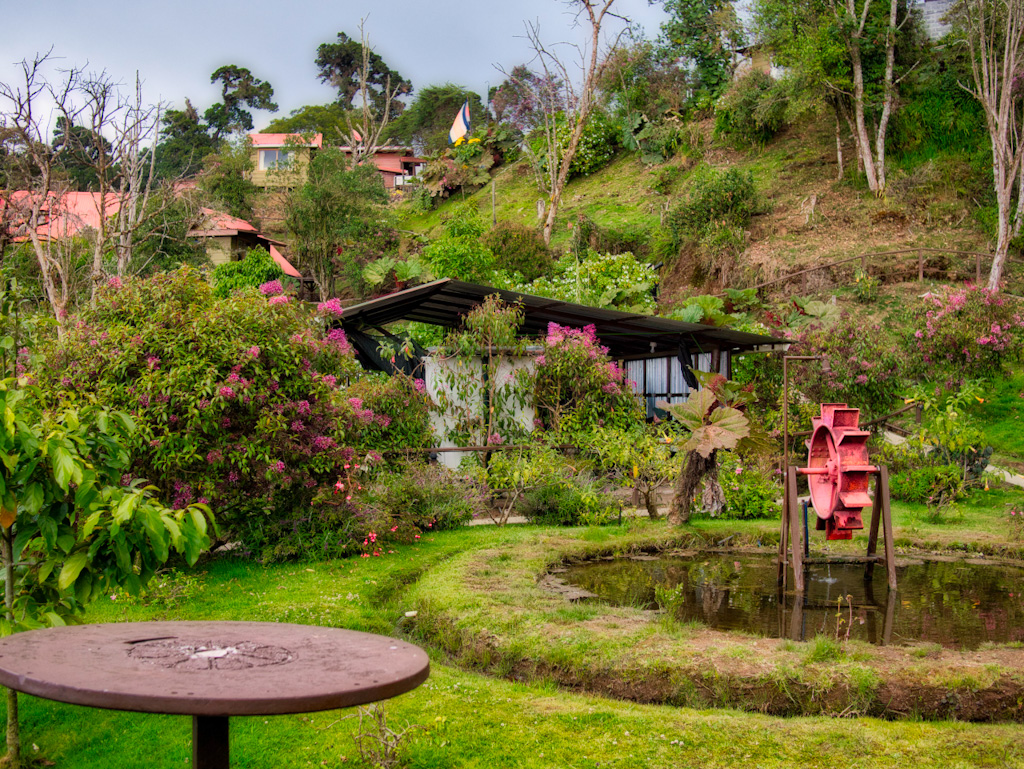
Situated among the mist-covered peaks of the Talamanca Mountains, Los Quetzales National Park was established in 2006. This park lies 47 miles southeast of San Jose, and you can easily reach this park from Manuel Antonio on the Pacific Ocean. From Jacó it’s about a two-hour trip. The entrance to the park is on Cerro de la Muerte, just before the turnoff for San Gerardo de Dota. Most of the park area is around the both side of the Savegre river that emerges in the Cerro de la Muerte and connects to the Pacific Ocean close to the Manuel Antonio National Park. it is surrounded by natural rainforest, breathtaking waterfalls, and beautiful canyons. This park includes not only rainforests but also cloud forests, formed by the collision of warm, moist Caribbean trade wind with the Talamanca mountain range which stretches from southwest of San José to beyond the border with Panama. When tiny droplets are deposited on surfaces before they collect together and fall as rain it’s called horizontal precipitation and in cloud forests it can be the main source of moisture. Peaks enveloped by trade wind-derived clouds can capture huge amounts of water when they are covered with tropical montane cloud forests. Their sponge-like epiphytes (mosses, ferns and bromeliads) massively increase the surface area for horizontal precipitation. Vibrantly colored, from the miniature to the gigantic, Los Quetzales flora is some of the most beautiful in the world. There seemingly endless tropical flower species and even orchids. Many can be found growing wild on the trunks of giant trees.
Paraiso Quetzal Lodge
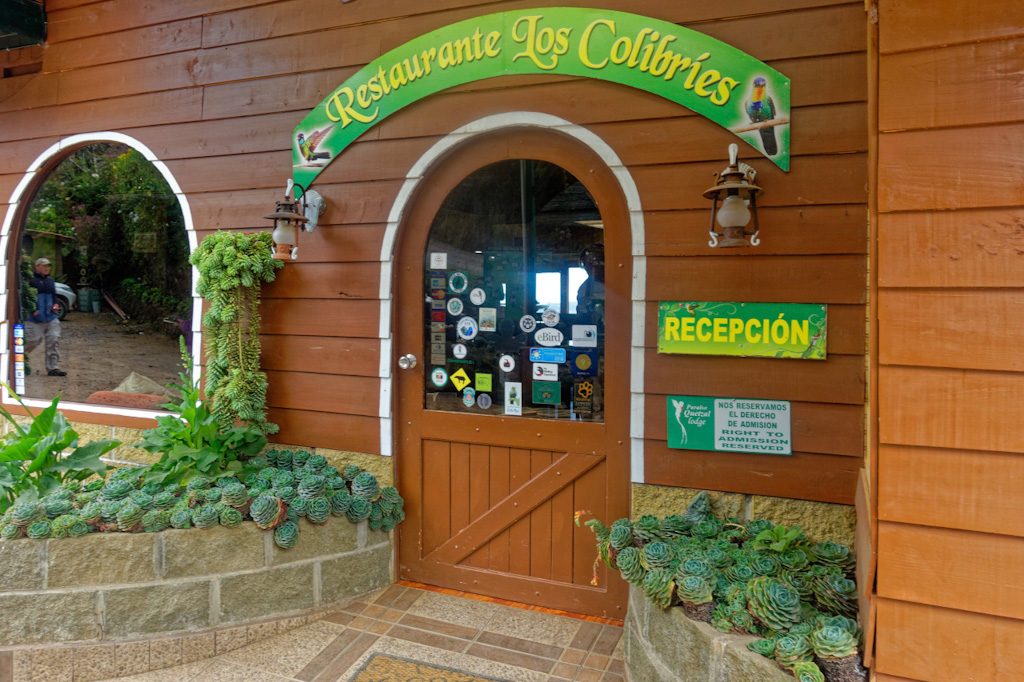
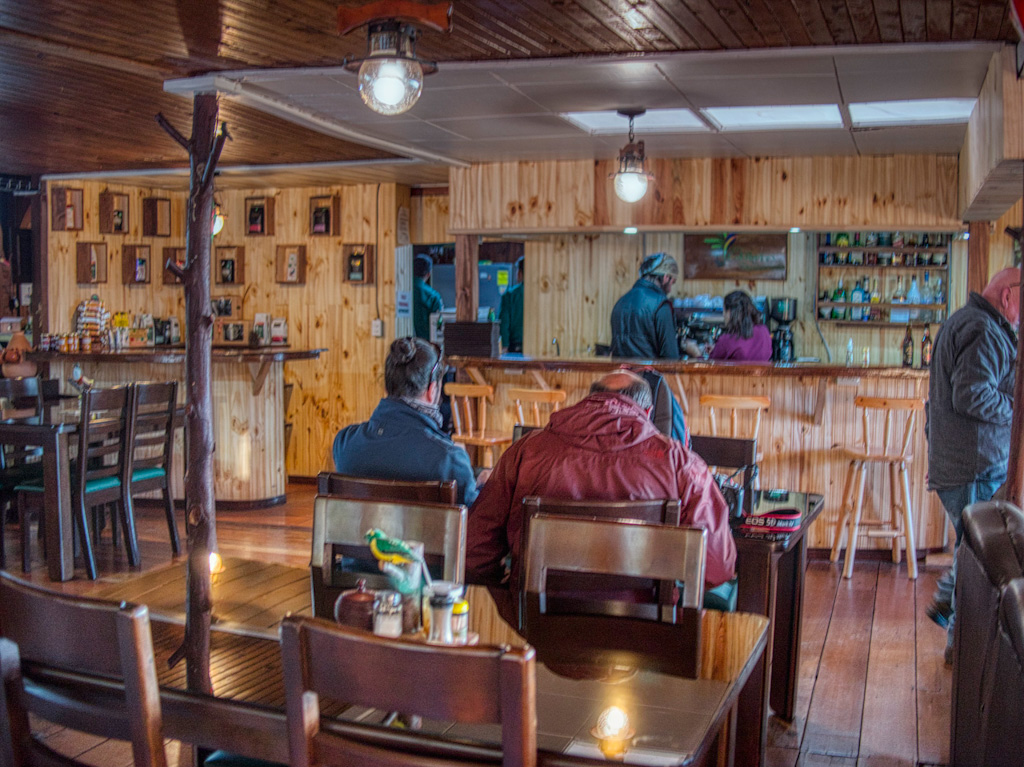
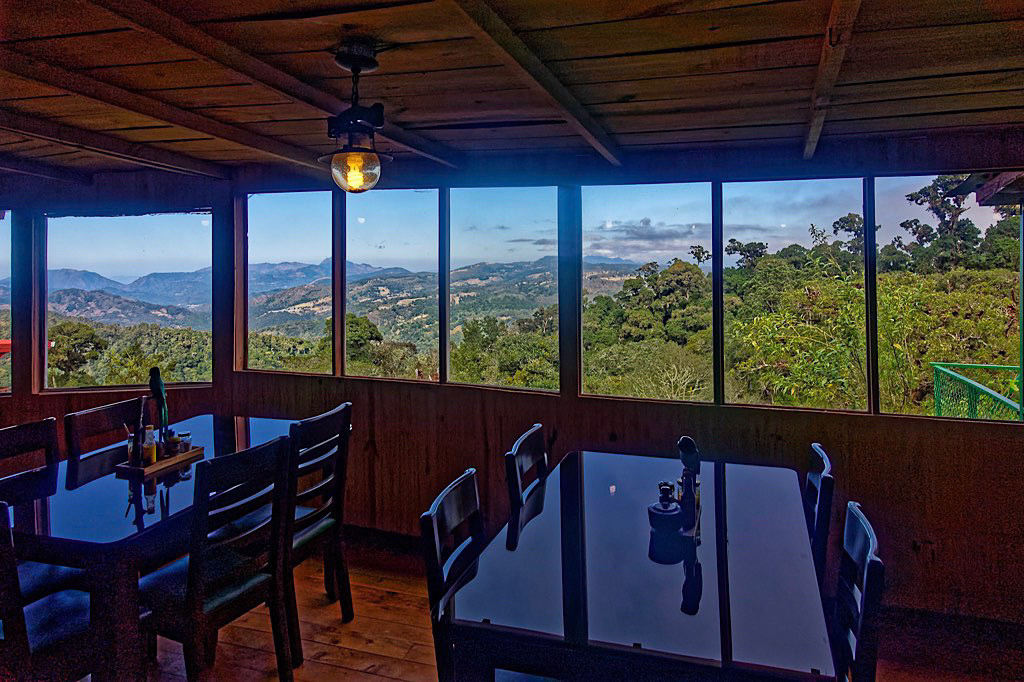

I stayed in the Paraiso Quetzal Lodge, which lies in roughly the center of Los Quetzales National Park, near the Cerro de la Meurte, the highest point in Costa Rica. The elevation of the Lodge is 8694 feet (2,650 m), making hiking up and down hills a little breathtaking. Daytime temperatures are around a comfortable 77°F (25°C), while the night can go down to 41°F (5°C). While the lodge is at the level of the road, the 12 or 13 cabins are scattered down the hillside, admittedly in a very beautiful landscape, each with spectacular views. The interior of the cabins is rustic, they each have a small space heater, only have 1–2 electrical outlets but they are more than functional and the staff is very helpful. My cabin had a bunk bed and two separate beds so obviously they are set up for groups. Some of the cabins have a jacuzzi, a little puzzling considering the overall vibe of the place, but a nice perk if you get one of those rooms. As you trudge up the steep hill to the main lodge, you can take solace in the fact that the main lodge has a roaring fire, spectacular views, very good food and WiFi. Also the elevated patio has the hummingbird feeders which are a central attraction of the lodge. An extension of 80 hectares contains a wealth of fascinating and unique flora and fauna. This is a very well known lodge and can take up to two years to get a reservation.
The Resplendent Quetzal
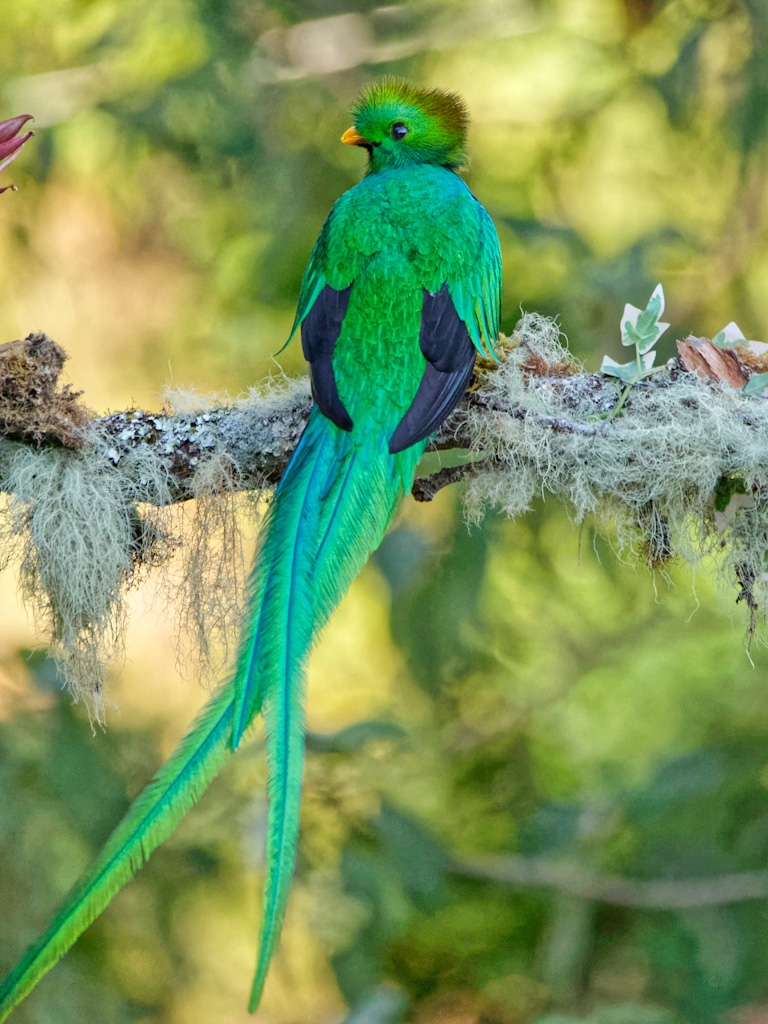

Of course the star attraction of the Paraiso Quetzal Lodge, aside from the hiking trails and beautiful views, is the reclusive Resplendent Quetzal. An entire industry has evolved to locate the whereabouts of this rare bird on any given day. The local farmers have established a network of viewing areas, seen on the map above and this information is shared via a local guide to the neighboring lodges. To see this bird you must book an appointment with the local guide through your local accommodations and get up really early to even have a chance of a sighting. I must admit, that once you are privileged to see them, you will want to do it again. The resplendent quetzal is an aptly named bird that many consider among the world’s most beautiful. With an iridescent green sheen, deep red chest and uppertail covert feathers longer than its entire body, the bird has been admired and coveted over time by pre-Columbian peoples, ornithologists, collectors, market hunters, and birders. It only lives in cloud forests in southern Mexico, Guatemala, Honduras, eastern El Salvador, and north-central Nicaragua. I will have an entire post devoted to this beautiful bird.
Hummingbirds

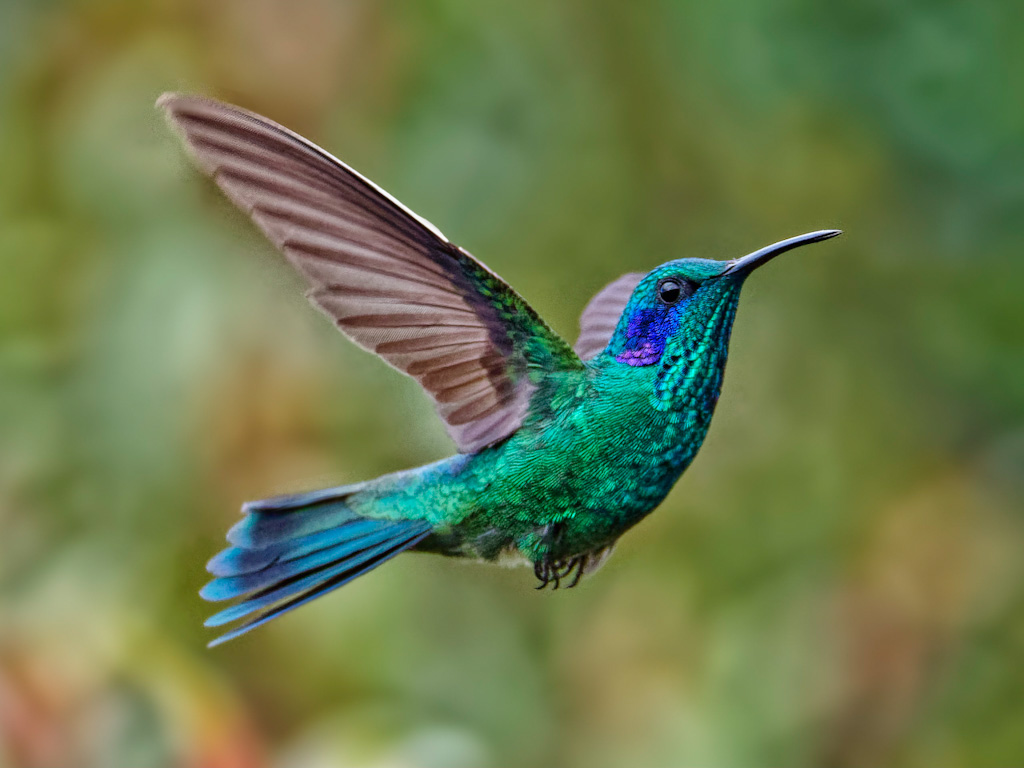
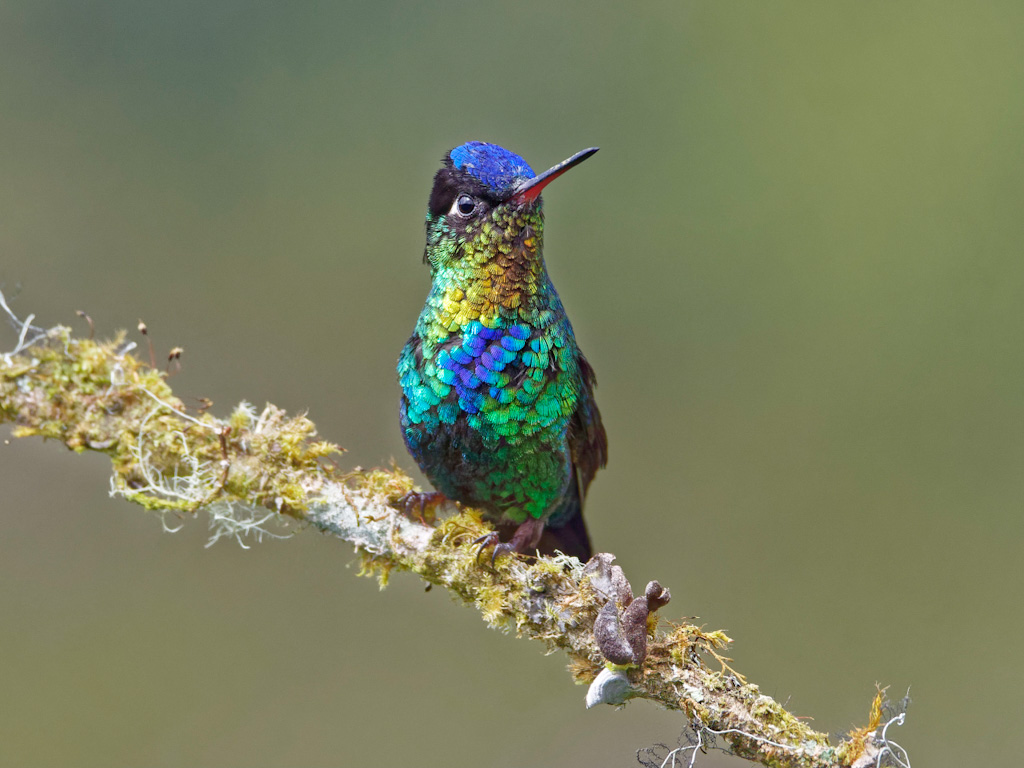
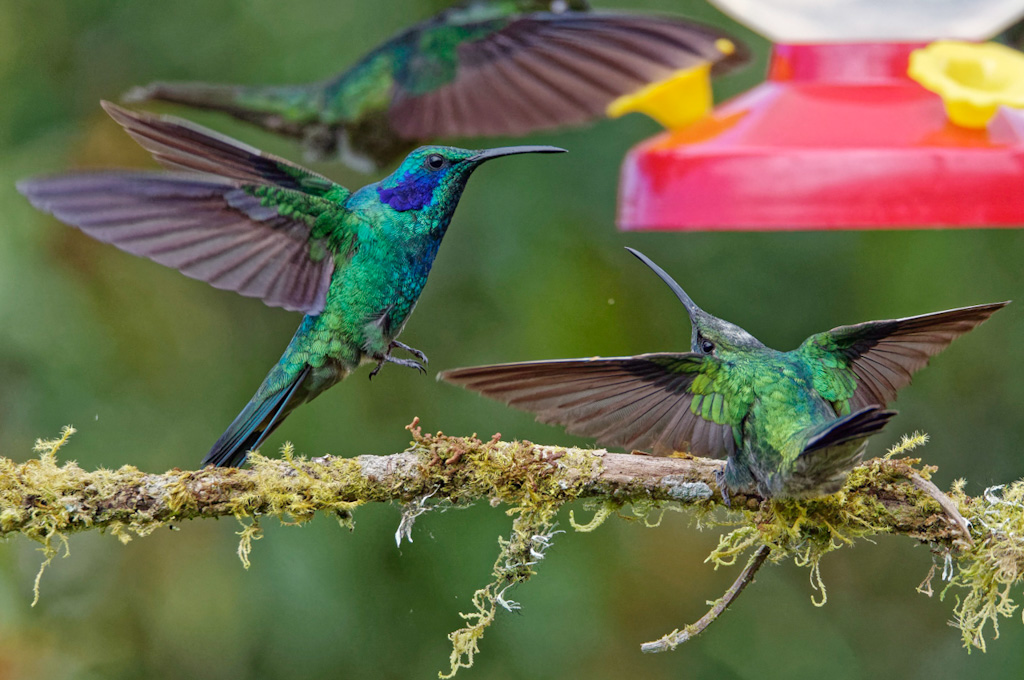
The other star attraction at the Paraiso Quetzal Lodge are the sophisticated hummingbird feeders and their hummingbird customers. The feeders are special because they are brightly sunlit and have as a backdrop all of that spectacular scenery. Additionally, the elevated viewing platform places the photographers close to the feeders, above the surrounding vegetation. Local photogenic moss covered branches, often changed daily, are placed strategically near the feeders for engaging portraits of the hummingbirds at rest. All of this exists in a landscape filled with hummingbird friendly flowers to attract and keep the birds. All of this careful planning has resulted in hordes of hummingbirds, more than I think I have ever seen in one place, at the feeders with little fear of the nearby observers. I personally had one fearless individual fly into my cabin and I actually caught it in my cupped hands to help it out. There are a fair number of species which I will cover in an upcoming post.
Other Birds
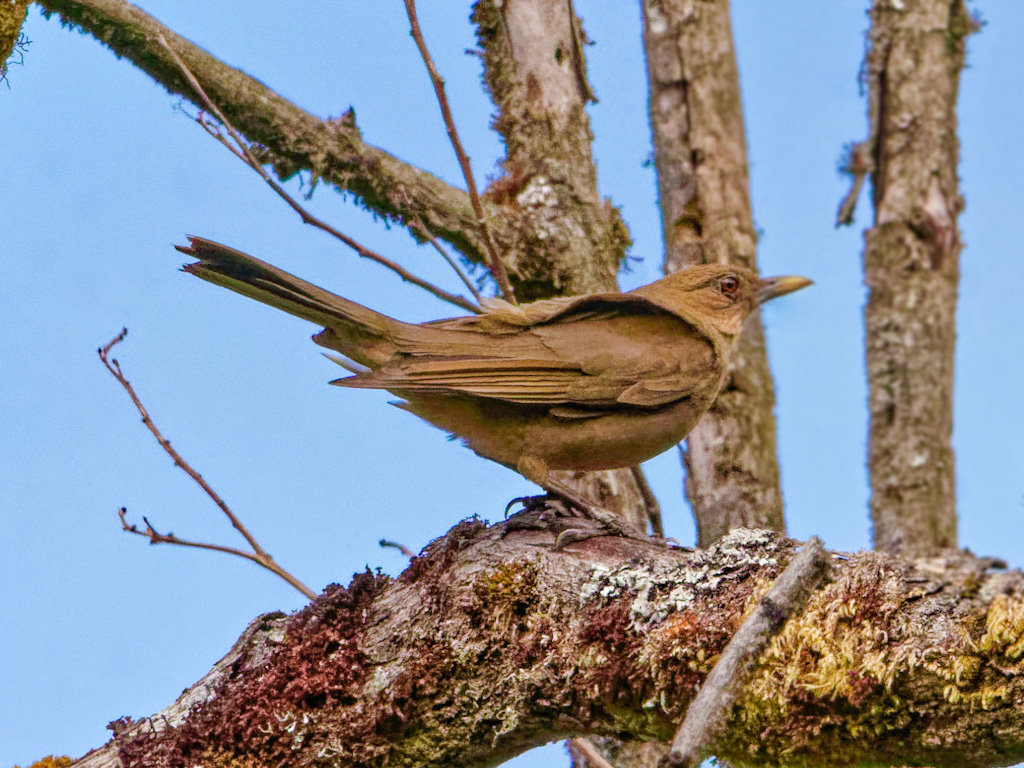
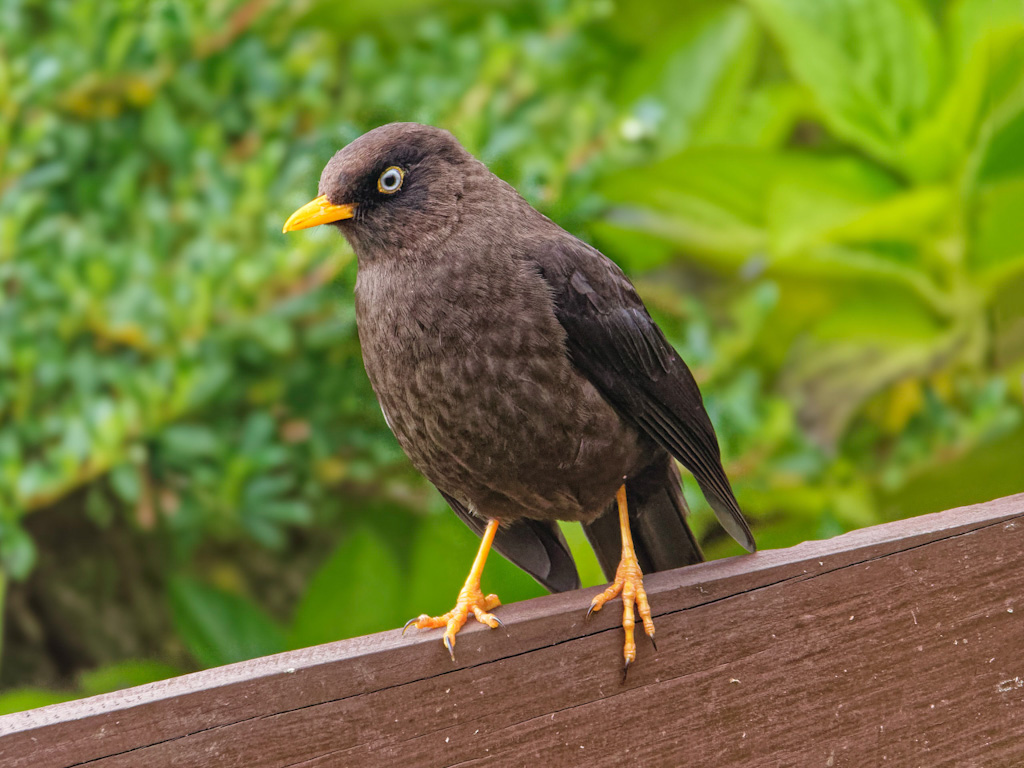
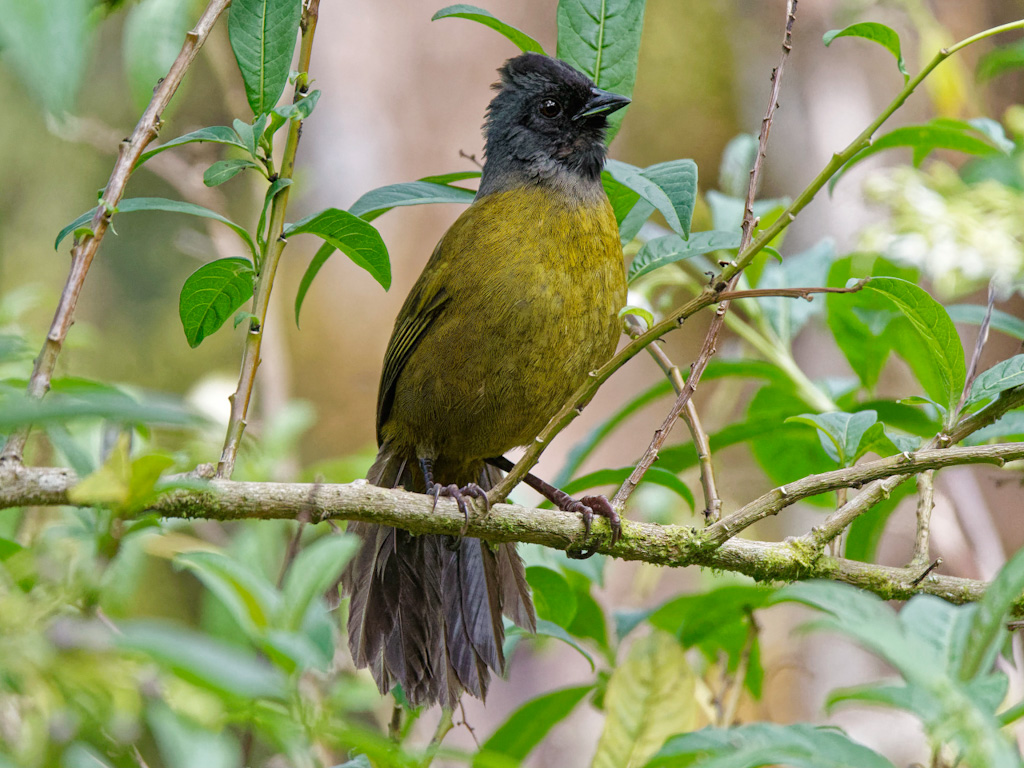
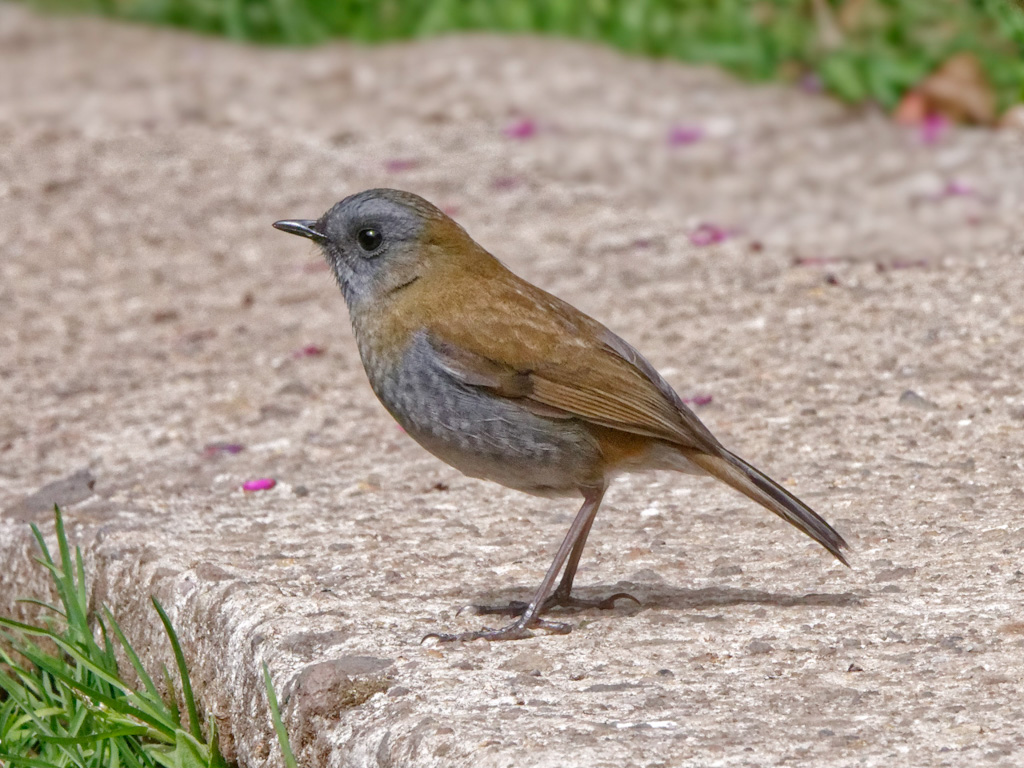
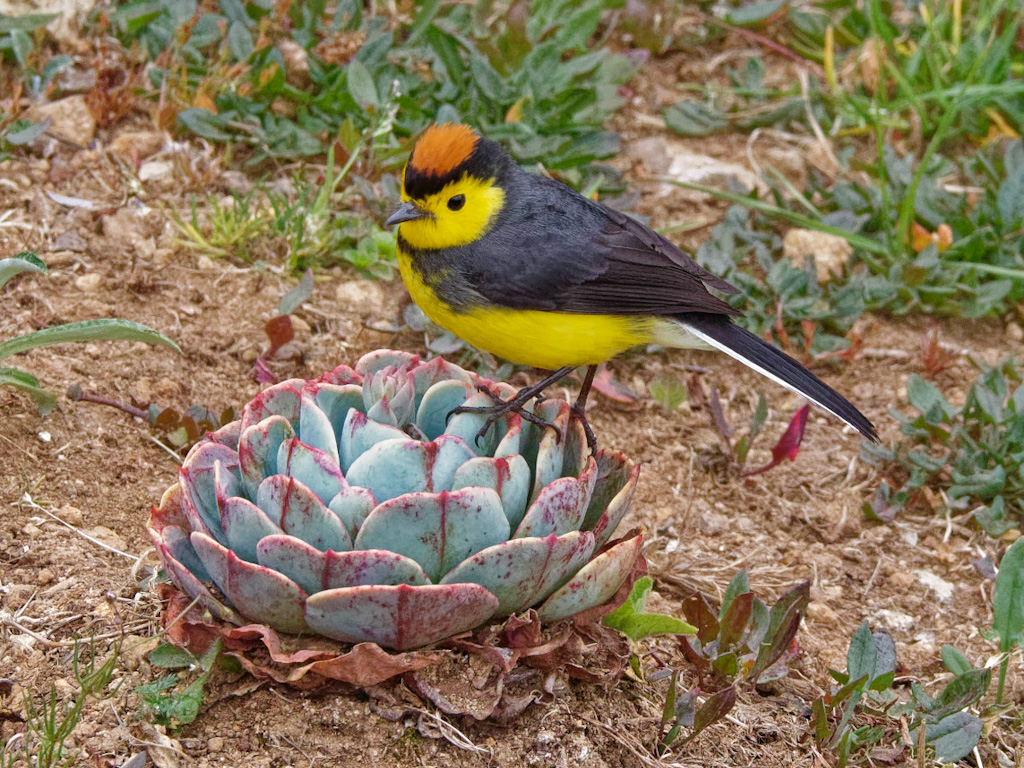
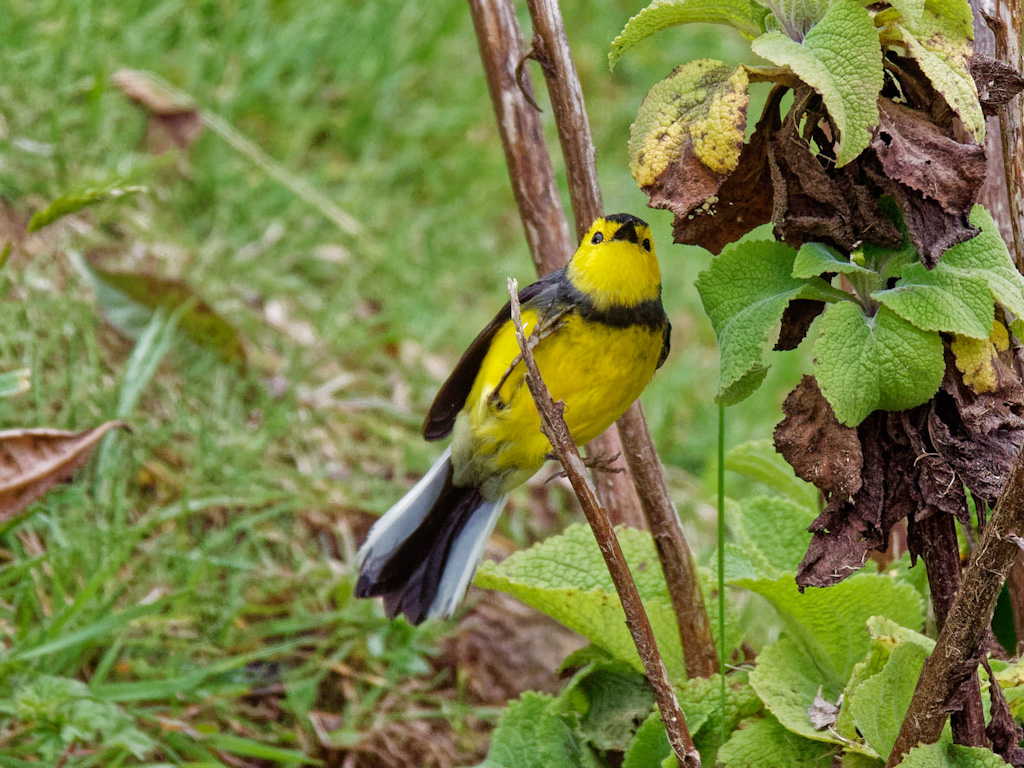
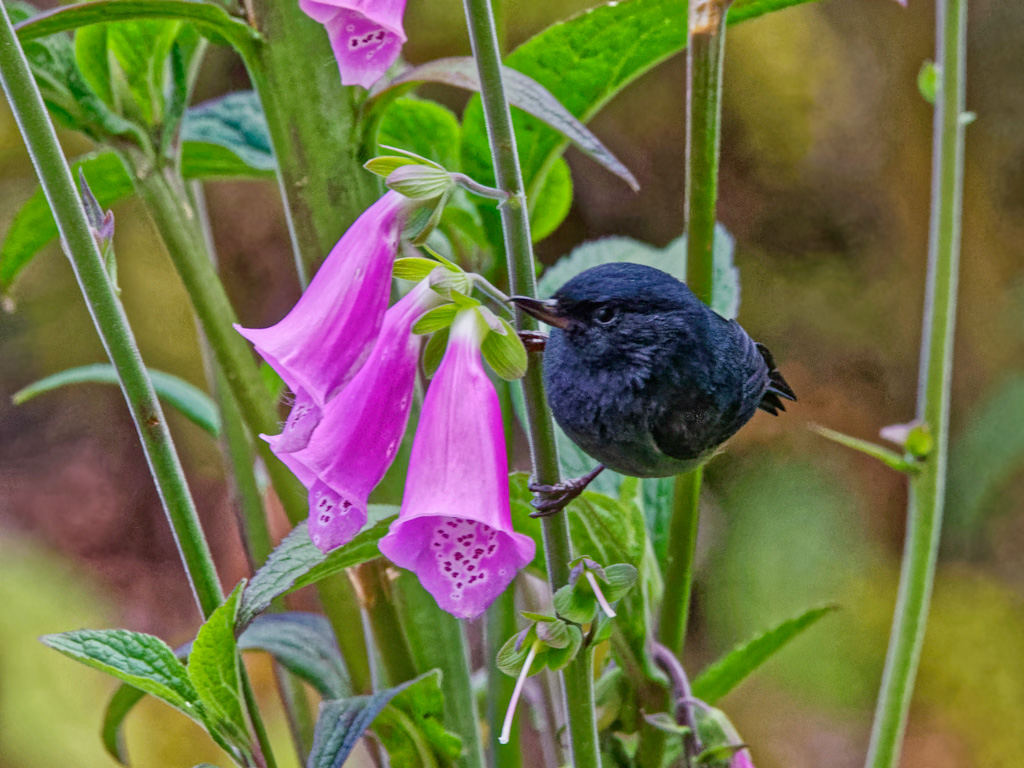
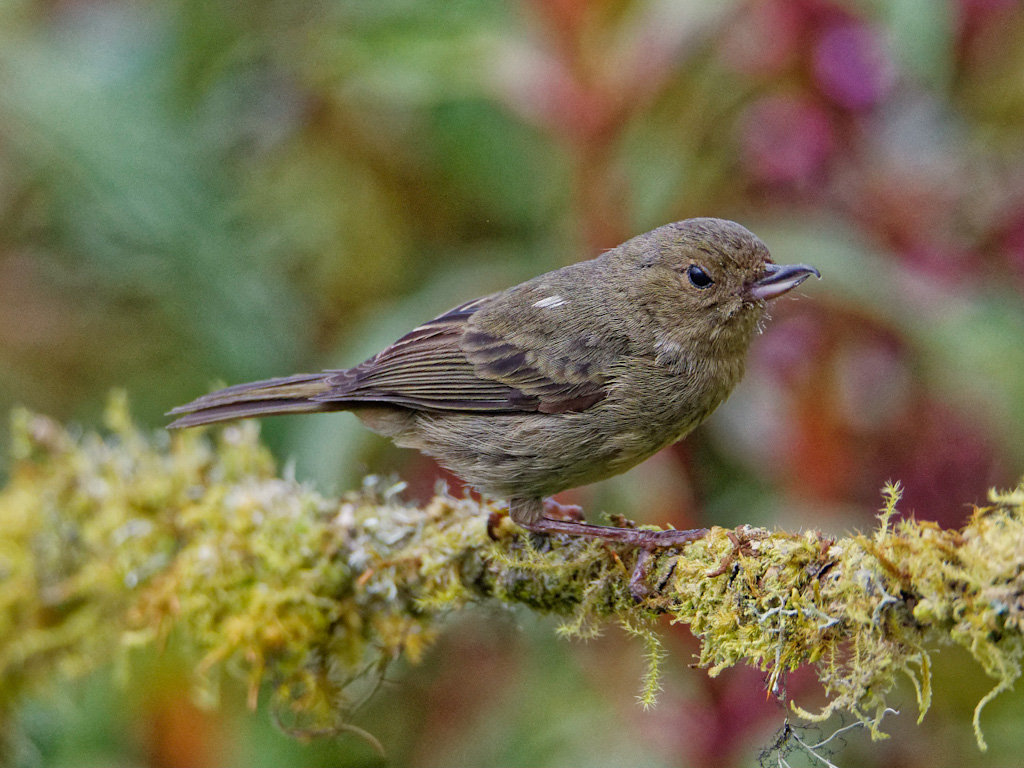
At the Paraiso Quetzal Lodge, they really only have feeders for hummingbirds so other bird sightings are a little hit or miss. Of course there is the ever present Clay-Colored Thrush (Turdus grayi), the national bird of Costa Rica, where it is well known as the yigüirro. In 1977, the Costa Ricans chose the yigüirro as a national symbol, over many much more colorful birds that inhabit the country, due to its strong and melodious song that always comes during the start of the rainy season. The Sooty Thrush (Turdus nigrescens) and the Large Footed Finch (Pezopetes capitalis) are almost as common, endemic to the highlands of Costa Rica and western Panama. The collared whitestart or collared redstart (Myioborus torquatus) and Black-Billed Nightingale-Thrush (Catharus gracilirostris) are endemic to the mountains of Costa Rica and western Panama. They are found in the mountains between 5000 feet (1500 m) and the timberline. Naturally, with all the flowers for the hummingbirds, you would expect to see some flower piercers. The slaty flowerpiercer (Diglossa plumbea), is endemic to the highlands of Costa Rica and western Panama and a common bird in mountain forest canopy and edges.
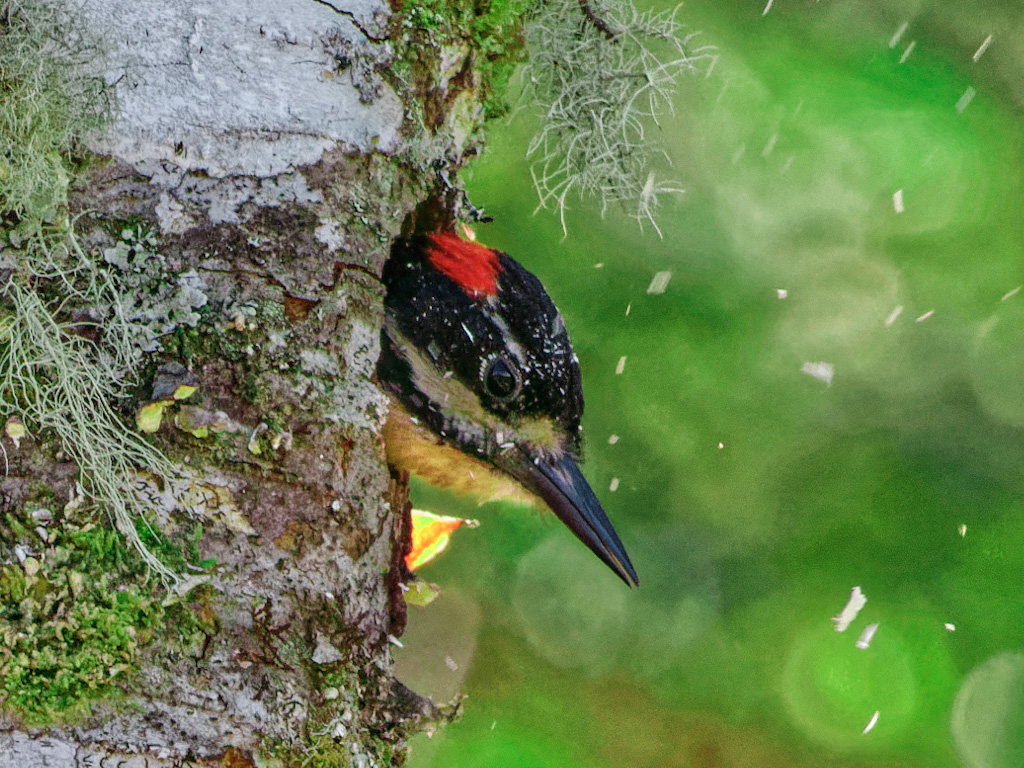
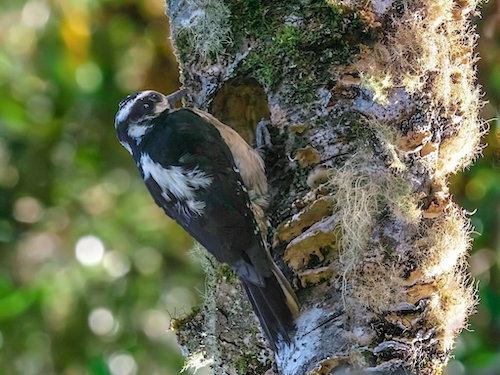
There was a Hairy Woodpecker (Dryobates villosus) creating a nest and I managed to get this great photo of her. The entrance to the nest is about 2 inches tall and 1.5 inches wide, leading to a cavity 8–12 inches deep. The inside widens at the bottom to make room for the eggs and the incubating bird. It’s typically bare except for a bed of wood chips at the bottom for the eggs and chicks to rest on.
Plants for Hummingbirds
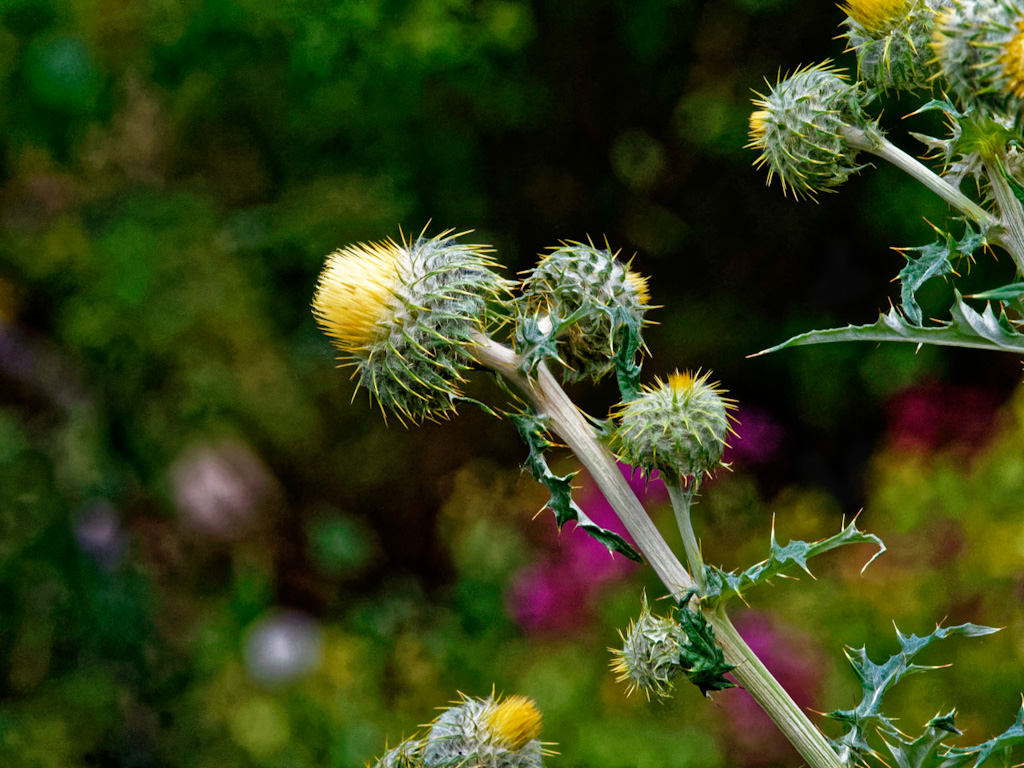
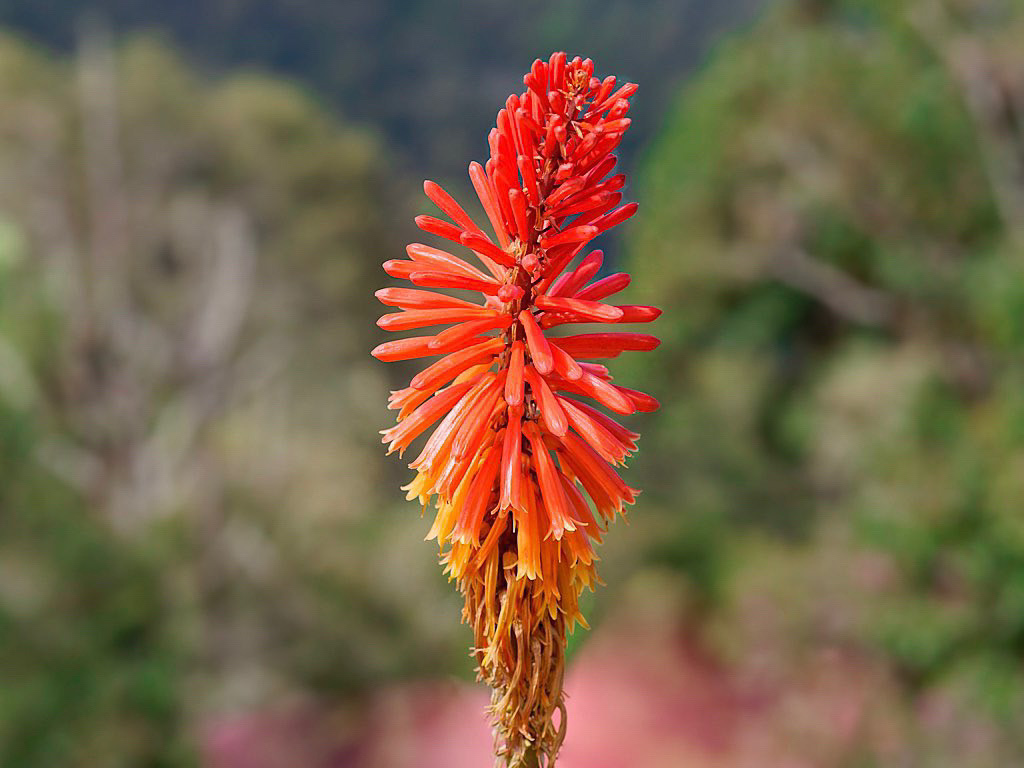
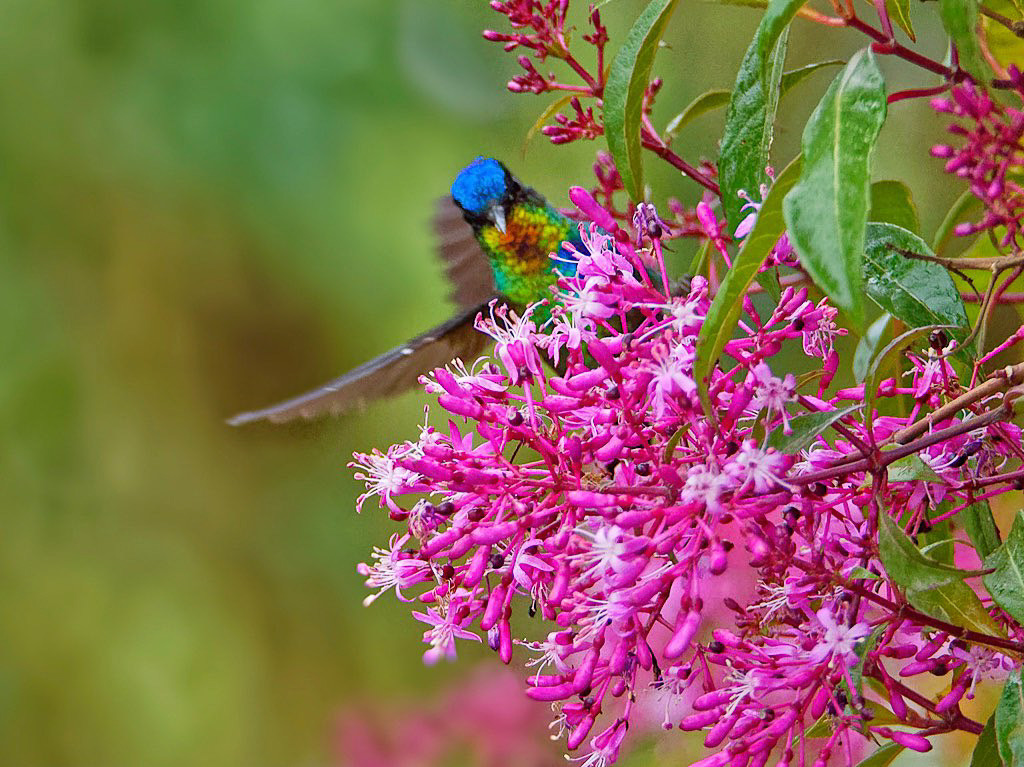
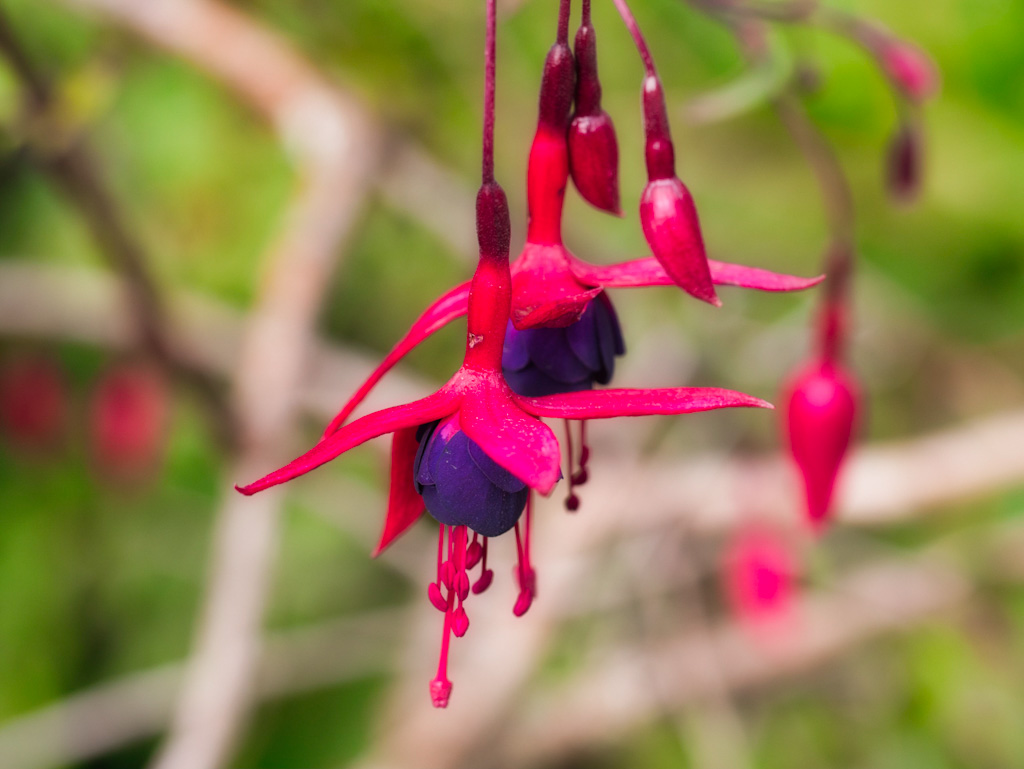
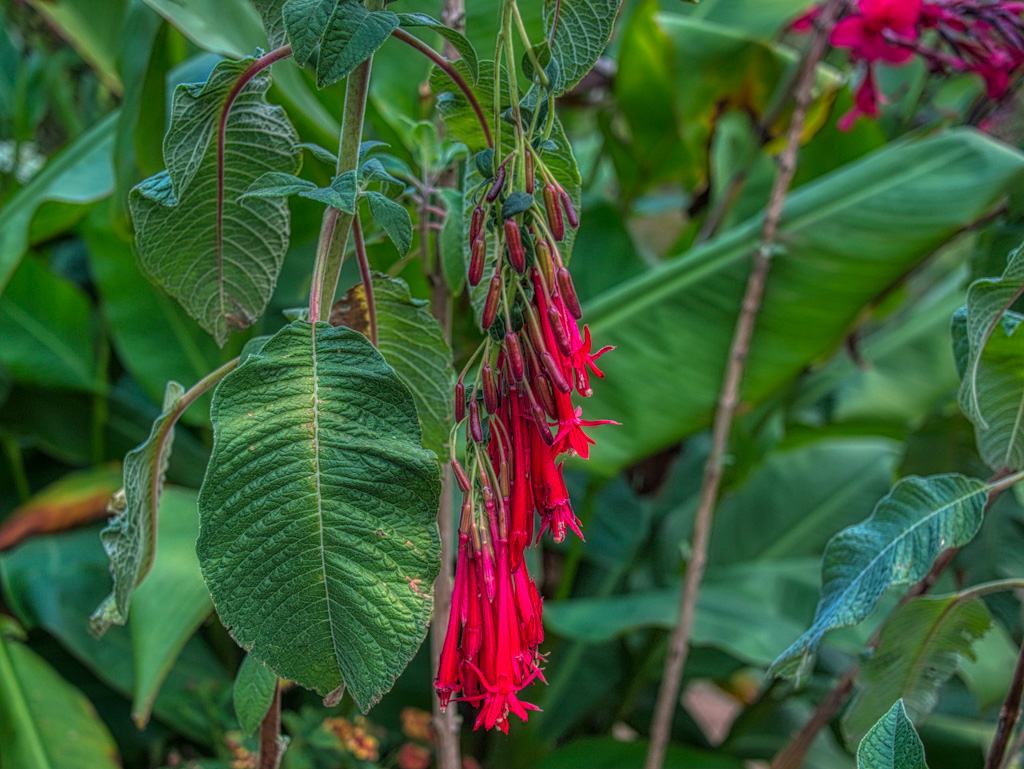
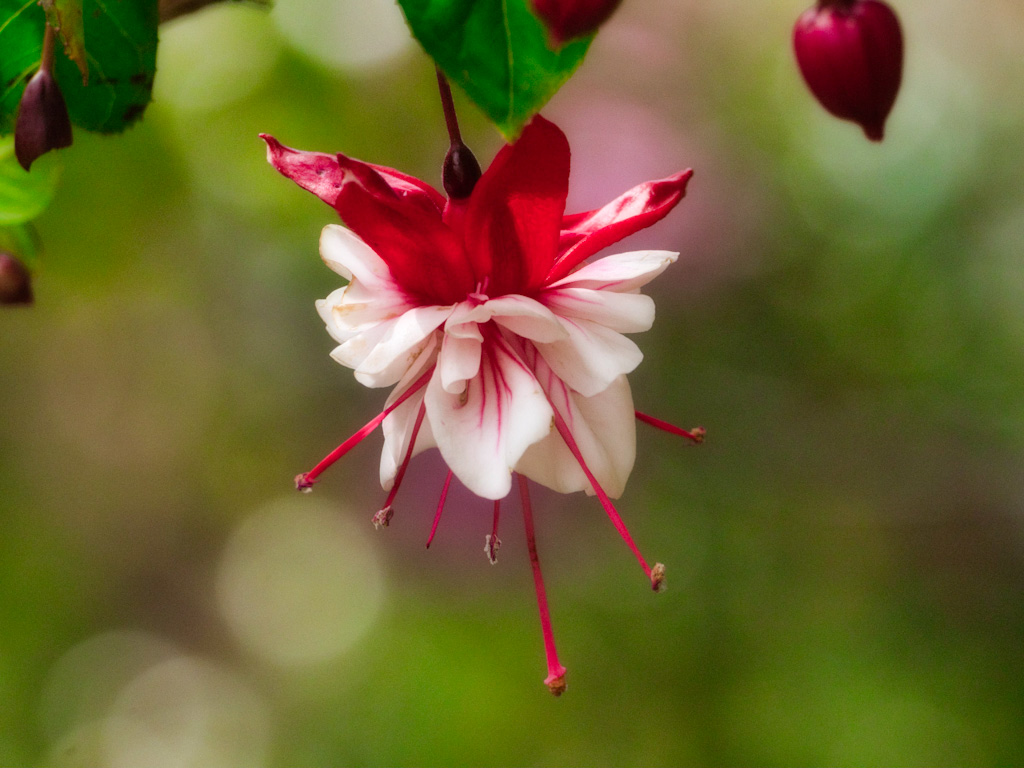
I thought I would end with some of the beautiful flowers used to attract hummingbirds and to delight the visitors. You can leave comments or questions below.
